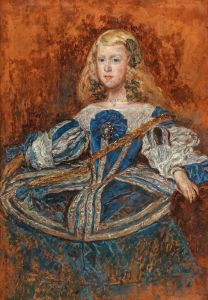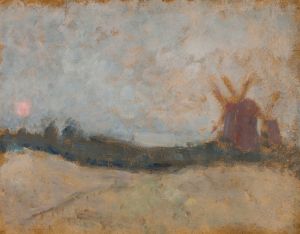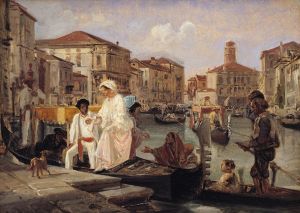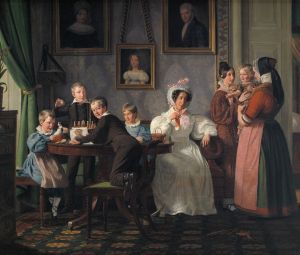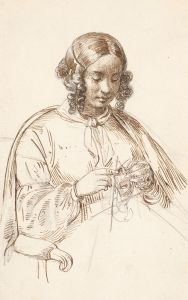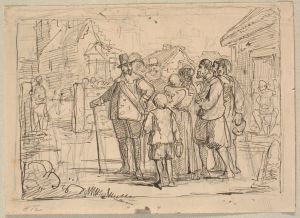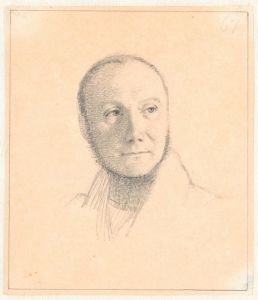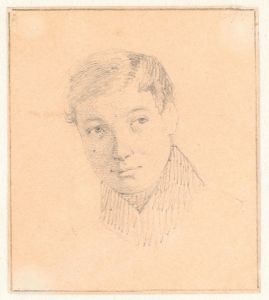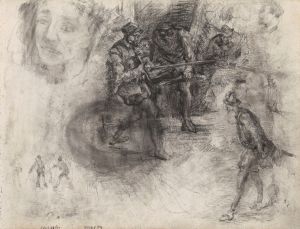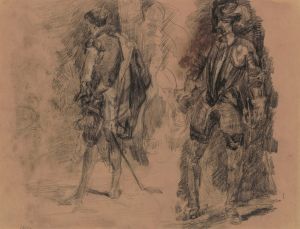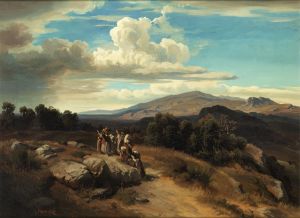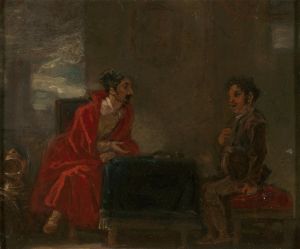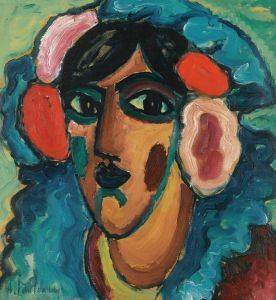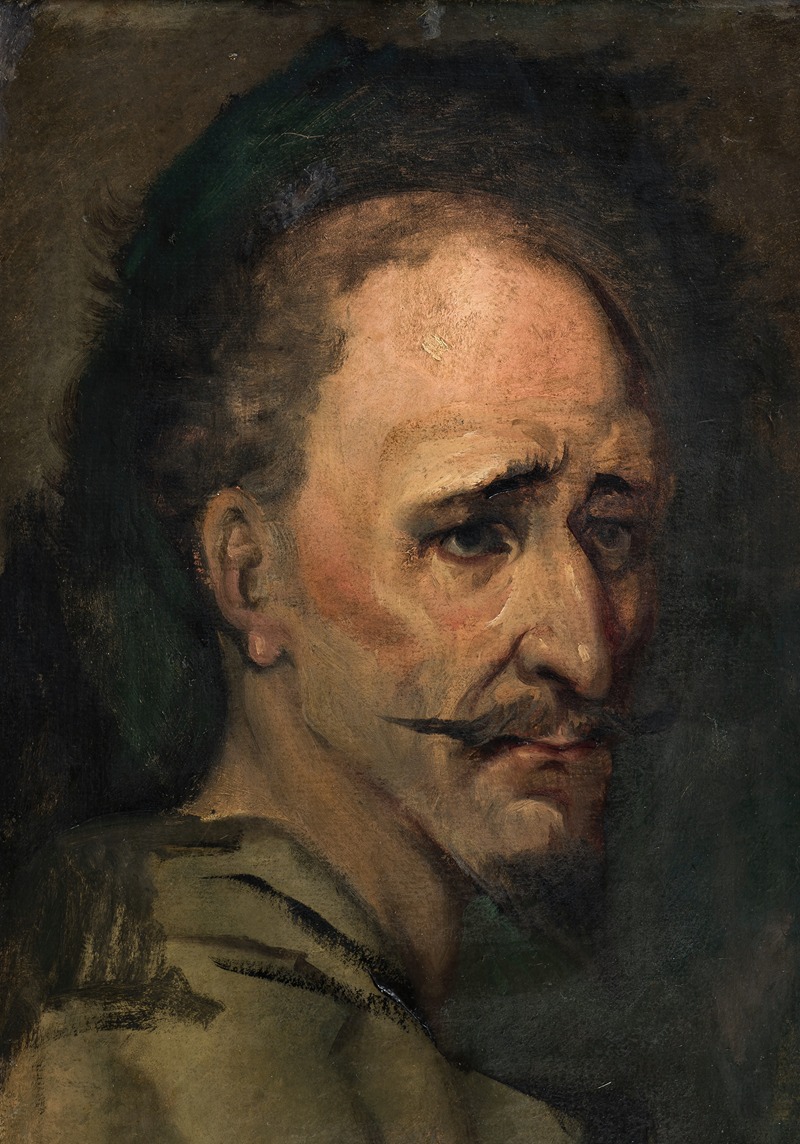
Don Quixote
A hand-painted replica of Wilhelm Marstrand’s masterpiece Don Quixote, meticulously crafted by professional artists to capture the true essence of the original. Each piece is created with museum-quality canvas and rare mineral pigments, carefully painted by experienced artists with delicate brushstrokes and rich, layered colors to perfectly recreate the texture of the original artwork. Unlike machine-printed reproductions, this hand-painted version brings the painting to life, infused with the artist’s emotions and skill in every stroke. Whether for personal collection or home decoration, it instantly elevates the artistic atmosphere of any space.
Wilhelm Marstrand was a Danish painter and illustrator known for his vivid and lively depictions of scenes from literature and everyday life. One of his notable works is his illustration of "Don Quixote," the classic novel by Spanish author Miguel de Cervantes. Marstrand's interpretation of "Don Quixote" is celebrated for its ability to capture the humor, pathos, and humanity of Cervantes' characters.
Marstrand was born in Copenhagen in 1810 and became a prominent figure in the Danish Golden Age of painting. He studied at the Royal Danish Academy of Fine Arts and later traveled extensively throughout Europe, which influenced his artistic style. His travels included time in Italy, where he was inspired by the works of the Renaissance and Baroque masters. Marstrand's exposure to different cultures and artistic traditions enriched his work, allowing him to bring a unique perspective to his illustrations.
The novel "Don Quixote," first published in two parts in 1605 and 1615, is considered one of the most important works of Western literature. It tells the story of a nobleman named Alonso Quixano who, inspired by tales of chivalry, decides to become a knight-errant under the name Don Quixote. Accompanied by his loyal squire, Sancho Panza, Don Quixote embarks on a series of adventures, often mistaking mundane objects for fantastical elements of his chivalric quests.
Marstrand's illustrations of "Don Quixote" were created in the mid-19th century and are known for their dynamic composition and expressive characterizations. His ability to convey the comedic and tragic elements of the story is evident in his detailed depictions of the characters and their interactions. Marstrand's work captures the essence of Don Quixote's idealism and Sancho Panza's practicality, highlighting the contrast between the two characters.
The illustrations by Marstrand were part of a larger tradition of visual interpretations of "Don Quixote," which has inspired countless artists over the centuries. His work stands out for its ability to bring the characters to life with a sense of movement and emotion, making the story accessible and engaging to viewers. Marstrand's illustrations were widely appreciated and contributed to the enduring popularity of Cervantes' novel.
Wilhelm Marstrand's contribution to the visual representation of "Don Quixote" is a testament to his skill as an artist and his deep understanding of the narrative. His work continues to be studied and admired for its artistic merit and its ability to capture the timeless appeal of Cervantes' characters. Through his illustrations, Marstrand has left a lasting impact on the way "Don Quixote" is visualized and appreciated in the world of art and literature.





